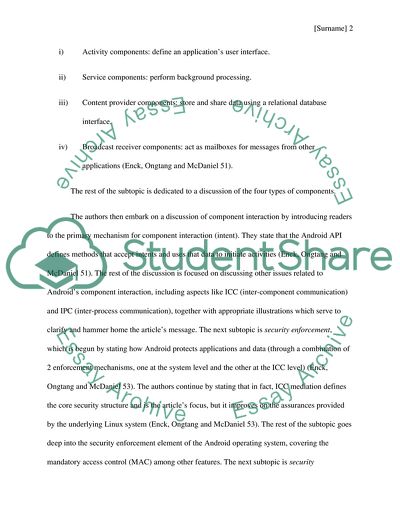Cite this document
(“Android Security Research Paper Example | Topics and Well Written Essays - 1000 words”, n.d.)
Retrieved from https://studentshare.org/information-technology/1636848-android-security
Retrieved from https://studentshare.org/information-technology/1636848-android-security
(Android Security Research Paper Example | Topics and Well Written Essays - 1000 Words)
https://studentshare.org/information-technology/1636848-android-security.
https://studentshare.org/information-technology/1636848-android-security.
“Android Security Research Paper Example | Topics and Well Written Essays - 1000 Words”, n.d. https://studentshare.org/information-technology/1636848-android-security.


